High-frequency burst spiking in layer 5 thick-tufted pyramids of rat primary somatosensory cortex encodes exploratory touch Christiaan P. J. de Kock, Jean Pie, Anton W. Pieneman, Rebecca A. Mease, Arco Bast, Jason M. Guest, Marcel Oberlaender, Huibert D. Mansvelder & Bert Sakmann
| Erscheinungsform: | Aufsatz |
| Autor/Urheber: | |
| Beteiligte: | |
| Umfang: | 14 |
| Anmerkungen: | Gesehen am 26.07.2021 |
| Identifikatoren/Sonstige Nummern: | 1764594878 [PPN] |
| In: | London : Springer Nature, 2018 4(2021), Artikel-ID 709 volume:4 year:2021 elocationid:709 extent:14 |
| Inhalt: | - Diversity of cell-types that collectively shape the cortical microcircuit ensures the necessary computational richness to orchestrate a wide variety of behaviors. The information content embedded in spiking activity of identified cell-types remain unclear to a large extent. Here, we recorded spike responses upon whisker touch of anatomically identified excitatory cell-types in primary somatosensory cortex in naive, untrained rats. We find major differences across layers and cell-types. The temporal structure of spontaneous spiking contains high-frequency bursts (≥100 Hz) in all morphological cell-types but a significant increase upon whisker touch is restricted to layer L5 thick-tufted pyramids (L5tts) and thus provides a distinct neurophysiological signature. We find that whisker touch can also be decoded from L5tt bursting, but not from other cell-types. We observed high-frequency bursts in L5tts projecting to different subcortical regions, including thalamus, midbrain and brainstem. We conclude that bursts in L5tts allow accurate coding and decoding of exploratory whisker touch.
|
| URL: | https://doi.org/10.1038/s42003-021-02241-8 |
| Weiter im Partnersystem: | https://swb.bsz-bw.de/DB=2.1/PPNSET?PPN=1764594878 |


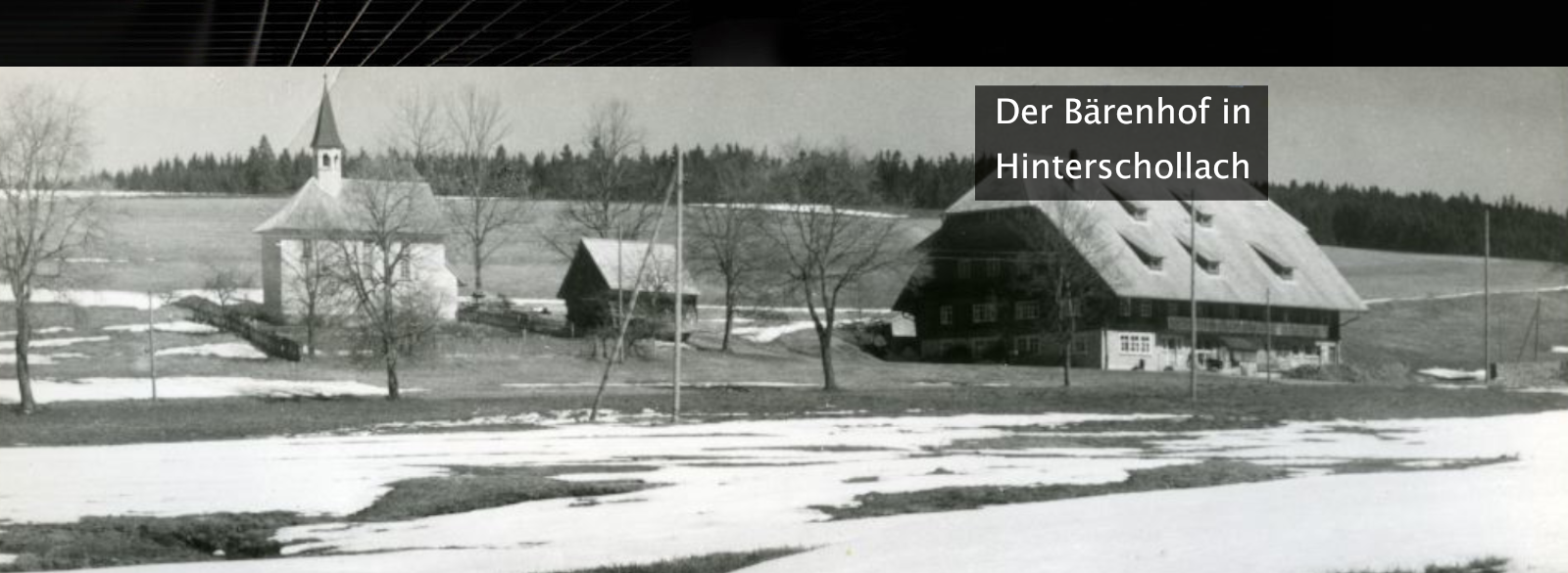
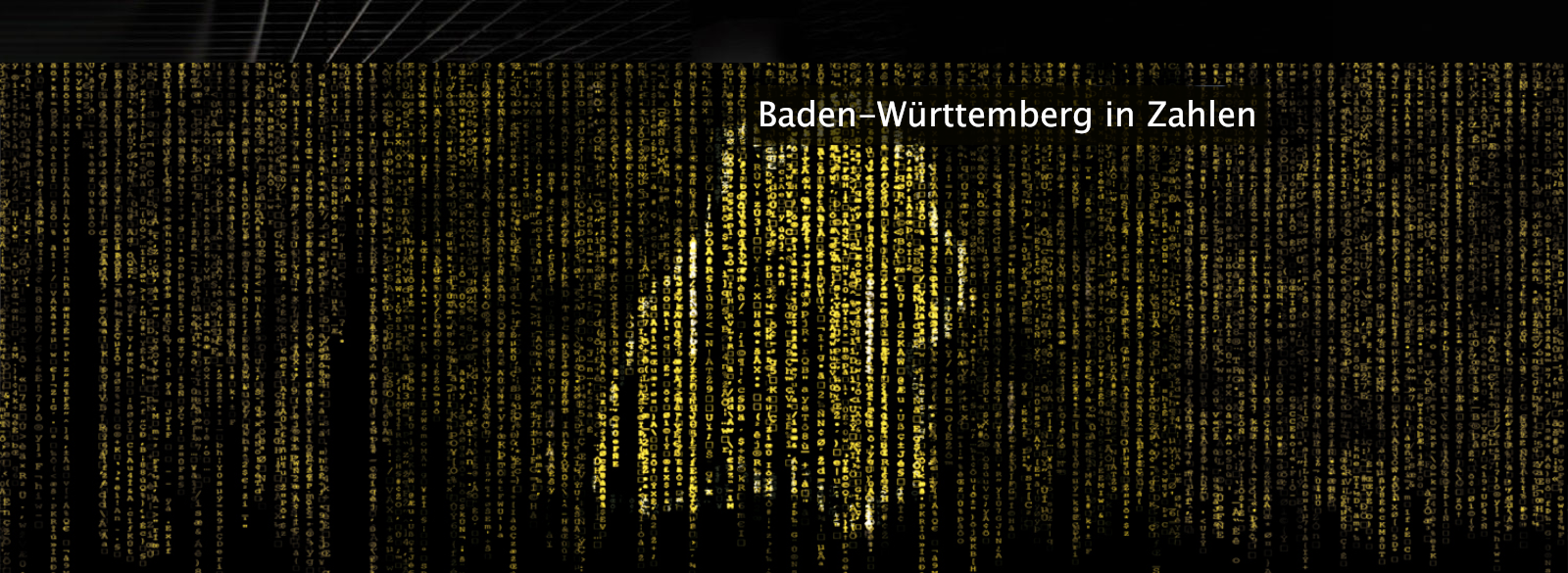



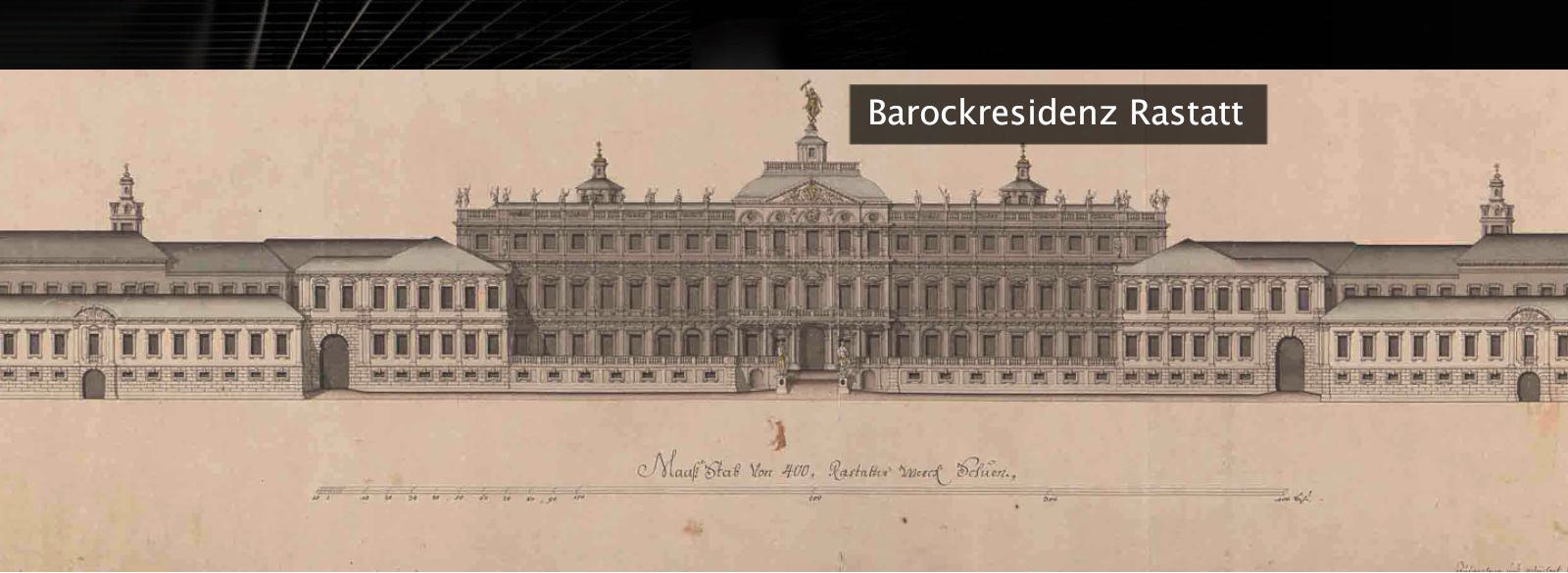



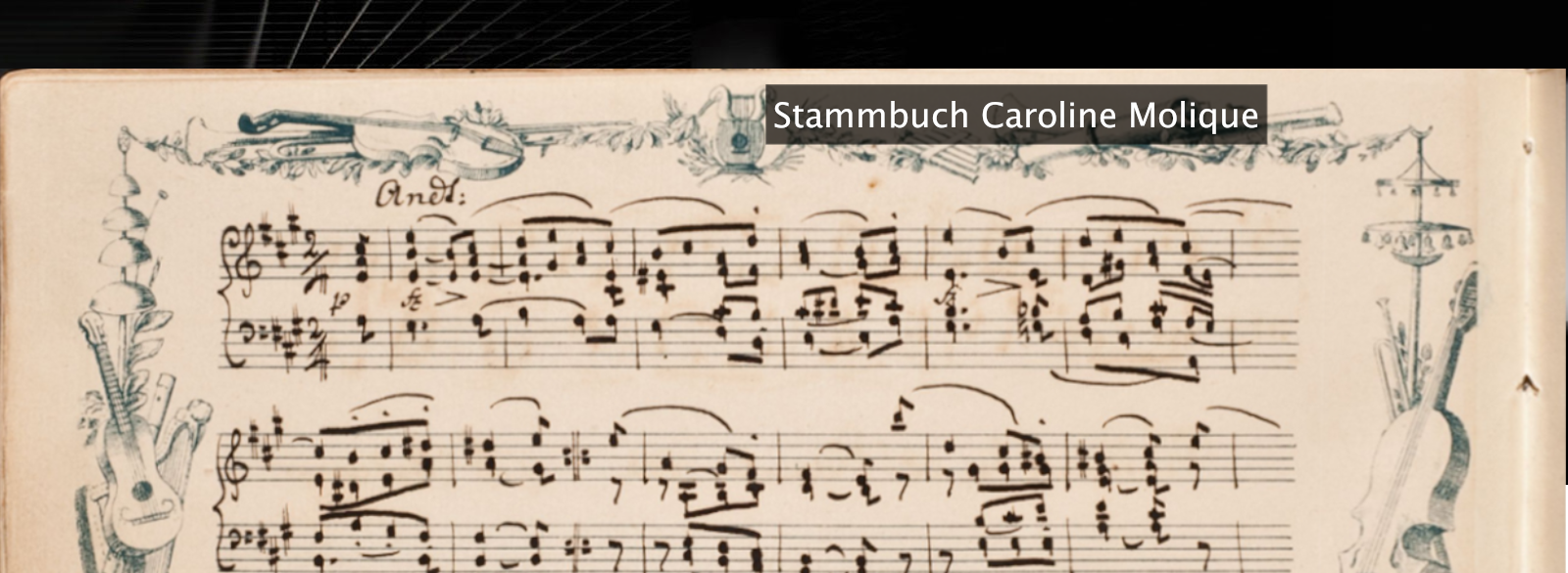
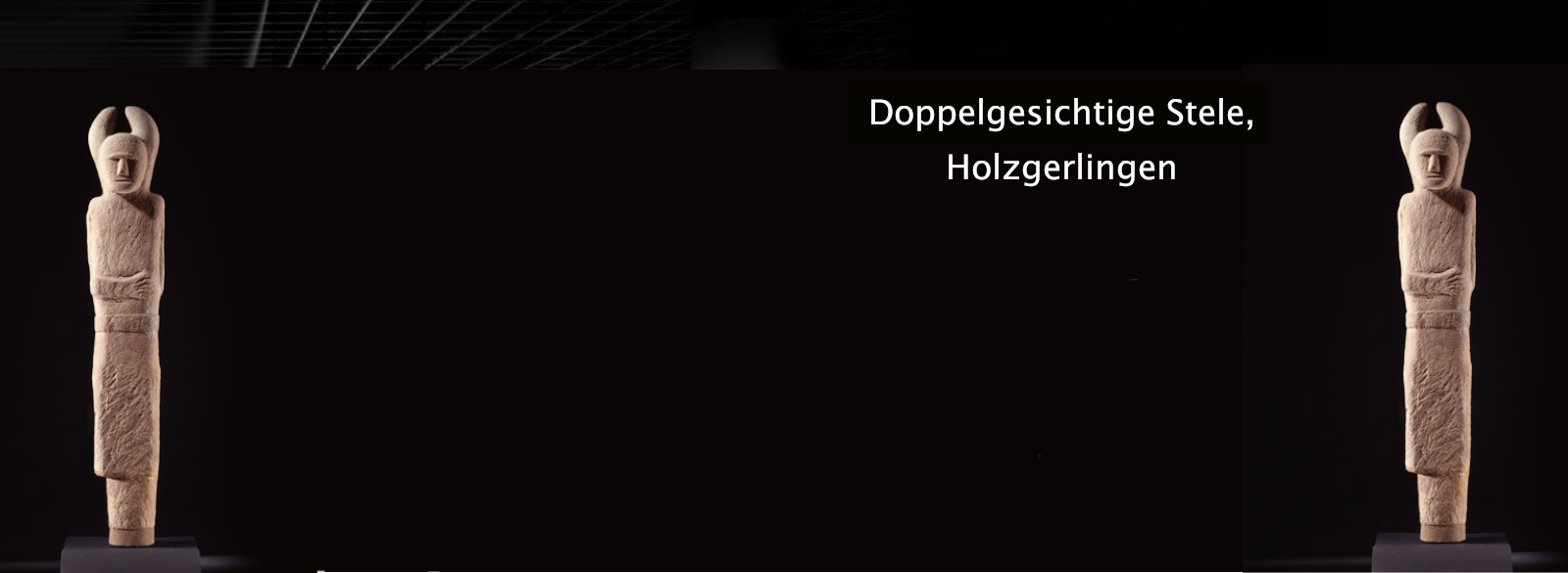



 leobw
leobw